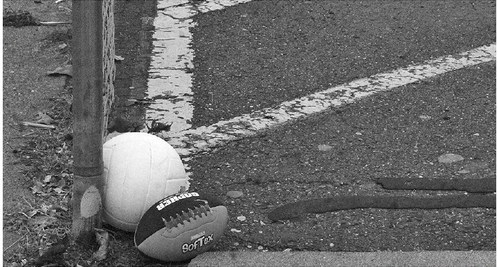Play it safe when purchasing holiday toys for children


Community members are reminded to check their gift lists twice, before purchasing children’s toys this holiday season. In 2020, more than 200,000 toy-related injuries were treated in U.S. hospital emergency departments; approximately 45 percent of those injuries were classified as lacerations, contusions or abrasions.
“It’s important to keep in mind that not all children develop at the same rate,” said pediatrician Dr. Naghma Husain. “Some five-year-old children are very advanced for their stage of development, while another five-year-old may not yet understand how a toy works or what dangers are present.”
The recommended age level for a toy is determined by safety factors, not intelligence or maturity. The age appropriateness is based, in part, on childhood psychology, developing motor skills and anatomy.
Besides age appropriateness, the following are recommended toy buying tips:
• Be aware of toys with small batteries or magnets. Children may be tempted to put these objects in their mouth, nose or ears, which can cause a choking hazard, an injury or accidental poisoning. Often, these objects must be removed through surgery. A good rule of thumb is to buy toys (including any of its parts) that are larger than a child’s mouth.
• Avoid loud toys. Often a toy that plays music or talks is about 85 decibels, which is as loud as a lawn mower and can damage a child’s hearing, especially if a child holds the toy close to their ear.
• Buy toys that are durable. Toys made from thin plastic may easily break into sharp pieces, resulting in cuts, puncture wounds or eye damage.
• Avoid toys that shoot objects into the air. These toys, even those made of a soft material, can cause serious eye injuries or choking hazards.
• Dispose of toy packaging immediately. Often, to make a toy look appealing on a shelf, packaging may include hard plastic or wrap, thick cardboard, staples and other materials that may pose hazards, if left accessible after opening.
• Avoid cords, strings and ribbons. These items can pose choking or strangulation dangers, because they can wrap around an infant or child’s neck quite easily.
• Look for “UL Approved” labels. This label on an electronic toy indicates it meets industry safety standards.
• Prevent head injuries. Purchase a helmet to prevent serious head injuries, if buying a toy with wheels, such as a bicycle, tricycle, skateboard or scooter.
• Prevent poisoning. Choose paints, markers and other art materials labeled “non-toxic,” to avoid illness or poisoning. Also, avoid hand-me-down toys that may contain lead or lead paint.
• Avoid suffocation risks. If purchasing a toy chest or other large storage container, be sure the lid is easy to open from the inside and/or is constructed in a way that allows the lid to remain open in any position.




